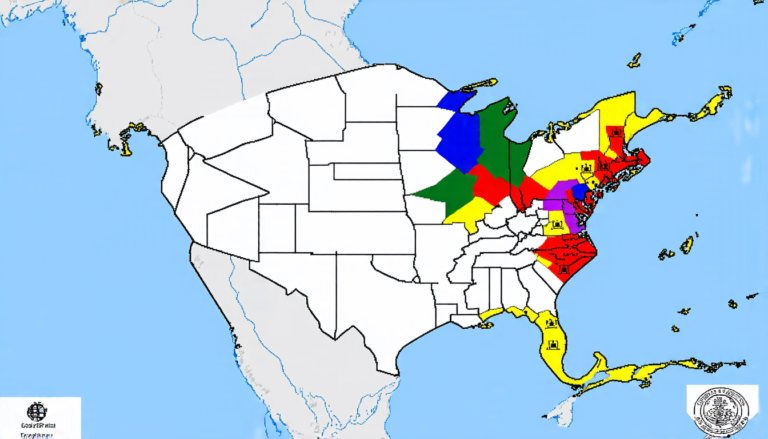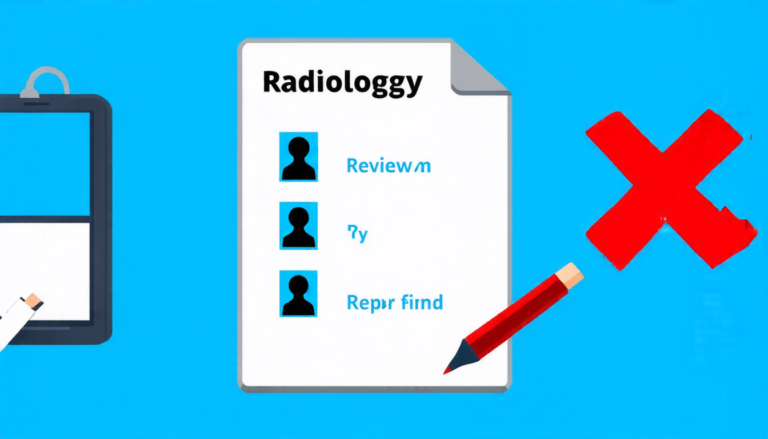Tuesday 29 July 2025
Science has long been fascinated by the concept of multi-objective optimization, where a single problem is tackled through multiple objectives. This challenge arises in various fields, including machine learning, operations research, and engineering. Recently, researchers have made significant strides in developing novel algorithms to tackle this complex issue.
One such algorithm, called STIMULUS (stochastic path-integrated multi-gradient recursive estimator), has been designed to efficiently solve multi-objective optimization problems. Unlike traditional methods, STIMULUS introduces a simple yet powerful recursive framework for updating stochastic gradient estimates, leading to improved convergence performance with low sample complexity.
The algorithm’s design is centered around the concept of momentum, which allows it to adaptively adjust its learning rate based on the problem’s characteristics. This innovative approach enables STIMULUS to achieve faster convergence rates compared to other methods. Furthermore, the algorithm’s ability to handle non-convex and strongly convex settings makes it a versatile tool for tackling various optimization problems.
To demonstrate the effectiveness of STIMULUS, researchers conducted experiments on several datasets, including a river flow prediction problem and an eight-task classification challenge. In both cases, the algorithm outperformed other methods in terms of convergence speed and sample complexity. For instance, on the river flow dataset, STIMULUS achieved a significant reduction in sample utilization compared to traditional methods while maintaining superior performance.
The researchers also conducted an ablation study to investigate the impact of varying the momentum term on STIMULUS’s performance. The results showed that increasing the momentum term led to faster convergence rates, demonstrating the algorithm’s adaptability and robustness.
STIMULUS has far-reaching implications for various fields where multi-objective optimization is crucial. For instance, in machine learning, it can be applied to solve complex problems such as multi-task learning and multi-label classification. In operations research, it can help optimize resource allocation and scheduling tasks. Engineers can also leverage STIMULUS to design more efficient systems and processes.
The development of STIMULUS is a testament to the power of interdisciplinary collaboration and innovation in science. By combining insights from machine learning, optimization theory, and stochastic process analysis, researchers have created an algorithm that has the potential to transform various fields. As we continue to push the boundaries of what is possible with multi-objective optimization, it will be exciting to see how STIMULUS contributes to this journey.
Cite this article: “STIMULUS: A Novel Algorithm for Multi-Objective Optimization”, The Science Archive, 2025.
Multi-Objective Optimization, Stochastic Algorithms, Machine Learning, Operations Research, Engineering, Recursive Framework, Momentum, Convergence Performance, Sample Complexity, Strong Convexity







